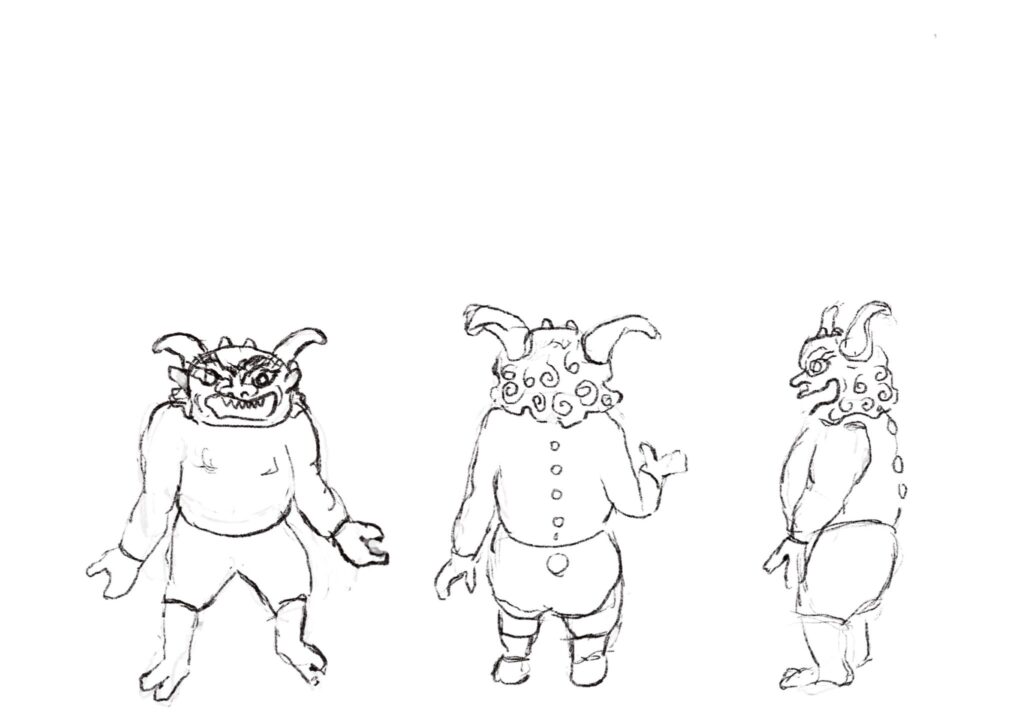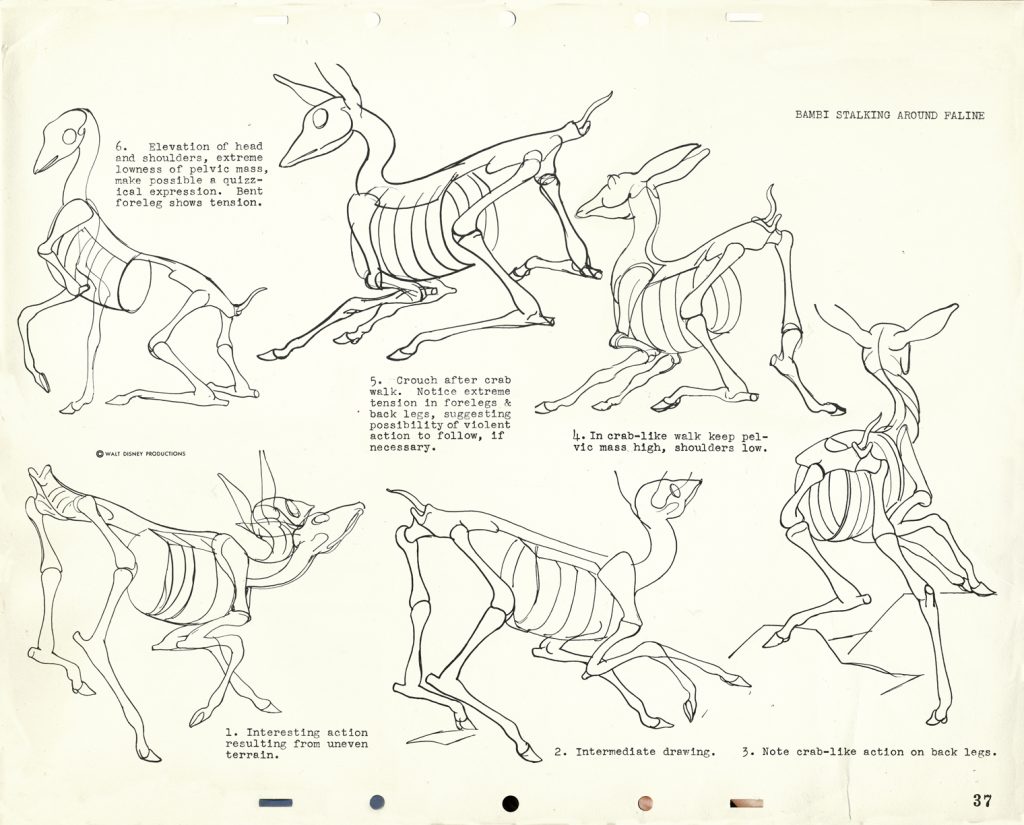Character design for animation
Process
Creating a memorable animated character is a process that requires time and thoughtful decision-making. A character doesn’t materialize on the screen out of thin-air. Each of its attribute (i.e: its size, features, color palette, posture etc.) should work in unison to create a clear, unique and cohesive look and personality.
Career
In large studios such as Disney and Pixar, character designers work exclusively on developing characters. They create visual references and specifications to guide subsequent stages in the movie making process (such as 3D modelling and animation). In smaller productions an animator may also be in charge of the character design. This job listing from Pixar gives you a good overview of the type of skills necessary to be a character designer.
Exploration & Research
Whether you are assigned a predetermined character to work on, or have complete freedom, you should explore different possibilities, do some research, and gather some visual inspiration. Every character could be interpreted in a multitude of ways. Think about your character’s gender, species/race, height/weight, mood etc.

Sketches
The first attempts at rendering your vision for a character should be very loose. Make sketches – a lot of them! Pencil and paper are the preferred tools for most artists at this stage (although pen, watercolor, even collages can work too). Don’t spend time on tiny details. This is still the exploratory phase of the the process – don’t settle for the first idea you put on paper. Let your imagination run wild. In your first sketches, you may want to reference the work that you chose for inspiration.

Some examples of Model Sheets
Biography
If you are creating your own story/character from scratch, writing up a little “biography” can be very useful in defining your character for yourself and possible collaborators. Give your character a name and summarize the elements you’ve gathered during the exploration phase in a short paragraph.
"Alexander the demon was born hundreds of years ago in the marshes of Hokkaido. His mother was a demon and his father was a fisherman. He is an only child. He is 6 inches tall, mostly red, with yellow hair and blue horns. His hobbies are frightening children, playing video games and reading horror manga. He would like to travel beyond the marshes of Hokkaido, and has long been planning how to do so."
Turnaround
The next step is to refine your favorite sketches into a character turnaround. This document provides a visual reference for the way your character looks from different angles (at least front, side, and back). Start with the front view and draw horizontal lines at the height of each important elements (i.e: top of head, chin, feet, hands etc.) across the width of the sheet of paper to align all views.

Basic Shapes
The overall shape and silhouette of your character has an enormous impact on the way your audience will relate to it. Is it round and friendly? Long and scary? Small and sneaky? Square and stable? Angular and unwieldy? This video about Pixar’s “Inside Out” provides a great example of how simple shapes can be used as the core of a character’s design.
Anatomy and Proportions
Defining the basic skeletal structure of your character can be very helpful in understanding how it will move. You could research basic human or animal anatomy and adapt these references to your character. Animated characters rarely abide to realistic proportions (after all, exaggeration is one of the 12 principles), but it’s good to have a point of departure.

Style
While Disney has had a huge influence on the style of animated characters (past and present), there are other approaches. Your story, the emotion and mood you are trying to convey, should be taken into consideration. Will your stylistic approach be cartoony? Realistic? Minimalist? Modern? Traditional? Jarring? Comforting? etc. Don’t over complicate your character – remember that you will need to animate it… thus draw it over and over again. Furthermore, unnecessary design flourishes may distract from your character’s essential features and traits.
Appeal
Appeal is one the 12 principles of animation – perhaps the most subjective one. An appealing character isn’t necessarily “beautiful” or “cute” – an “ugly” or “scary” subject can (and should) be appealing too. Appeal comes from a combination of design and motion that makes the character fascinating to watch. Review this principle here.
Week 5 Assignment: Character Design
Checklist
Before we meet next week on March 11, make sure you:
- Completed the character design assignment
- Added a post to your portfolio with your sketches, turnaround and bio
- Added a link from your portfolio to the the Discussion Board Character Design Assignment
- Uploaded the URL of your portfolio post to Blackboard, as well as the sketches, turnaround and bio.